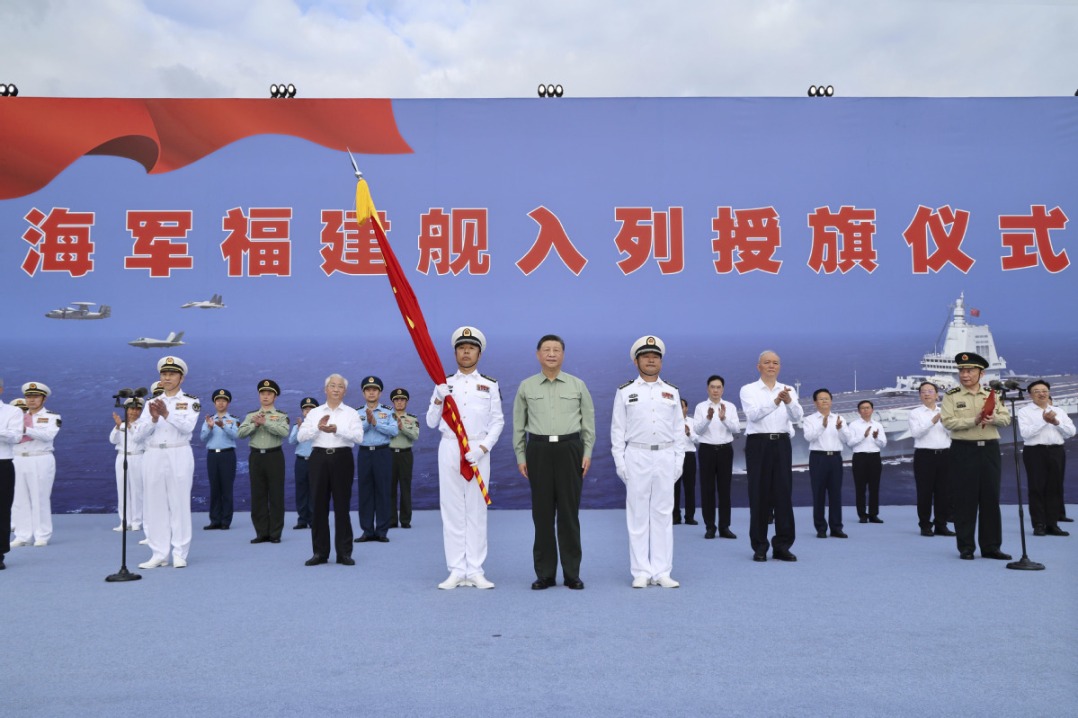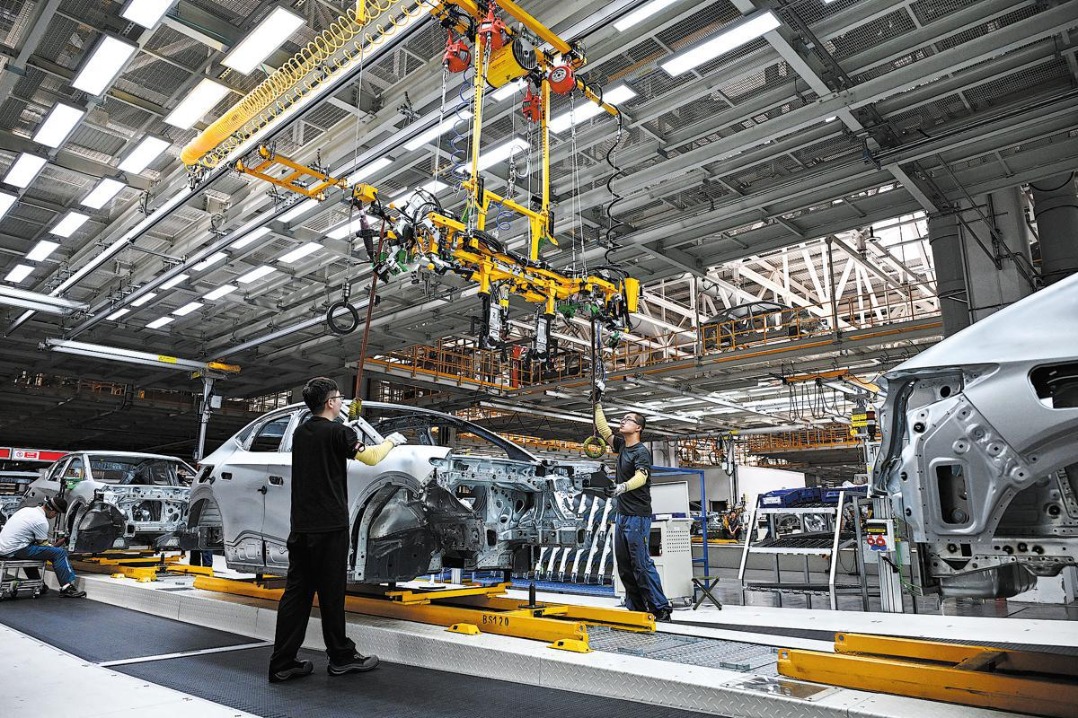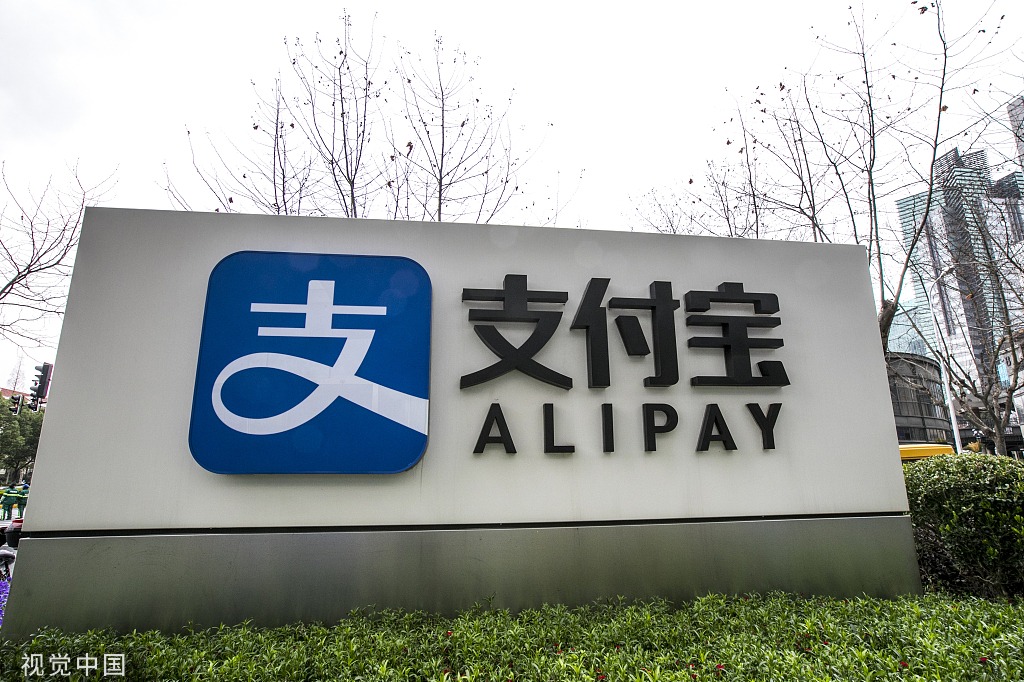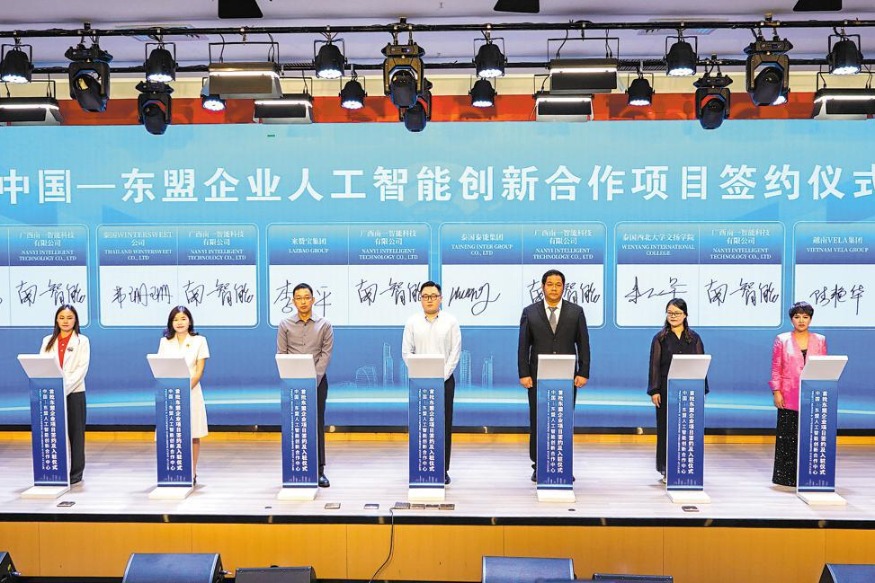Firmly Advance Implementation of the RCEP Agreement


Speech at 2022 RCEP Media & Think Tank Forum
In the face of protruding conflict between development and conflict, high quality implementation of the Regional Comprehensive Economic Partnership ("RCEP") Agreement not only will have a decisive impact on the region's economic integration and growth, but also will help promote global economic rebalancing. Therefore, it is crucial to stay on top of global trends, suppress interferences and firmly advance the RCEP process, so as to jointly build up the world's largest Free Trade Area (FTA).
1. RCEP is, and will continue to be, economically the most dynamic FTA across the globe.
1.1 The region RCEP covers is economically a most dynamic one. From 2000 to 2020, the total economic output of its 15 member countries increased from $7.84 trillion to $25.96 trillion, with an average annual growth rate of 6.51%, exceeding the global average growth rate of 4.95% in the same period. In 2020, 37% of the world's FDI was attracted into RCEP member states, leaving other FTAs far behind. Their working-age population aged from 15 to 64 accounted for 31.6% of the global total, far larger than that of the European Union (6.7%) and North America (13.2%).
The ASEAN-led RCEP is not only conducive to the full play of the advantages of traditional developed countries but also enables underdeveloped countries to optimize their resource allocation, which will further unleash RCEP members' economic dynamism and promote steady economic growth in the region. With open and inclusive institutional arrangements for trade and investment liberalization and facilitation in place, China and ASEAN as the two most dynamic markets with the largest growth potential will be further integrated to stimulate the vitality of a unified RCEP market.
1.2 RCEP will effectively unleash regional development potential. The direct driving force of regional economic cooperation comes from differences in factor endowments and optimization of their allocation. The superposition of scale and vigor advantages will help release the enormous growth potential of the RCEP region. As estimated by some studies, the global share of the total economic output of the 15 RCEP economies may rise from the current 30% to 50% by 2030. By 2035, RCEP will help the region's GDP, export and import to have a cumulative growth of 0.86%,18.30% and 9.63% respectively on their baseline scenarios. Among all members, ASEAN countries will benefit most with 4.47% extra growth from implementing the RCEP Agreement added to their GDP growth. And the Philippines, Cambodia, Thailand and Vietnam's accumulative growth of export and import will exceed 20%.
1.3 Firmly advance the RCEP process. In the next few years, as long as all member states make concerted efforts to advance the RCEP process, the regional economic integration in East Asia will become an irreversible trend, its enormous economic growth potential will be translated into real economic competitiveness, and ASEAN's important position and role in the regional economic cooperation framework will be further enhanced. This requires all the member countries to implement as early as possible their market opening commitments and rules stipulated in RCEP Agreement. This also requires RCEP member countries to start consultations on subsequent RCEP provisions as soon as possible. For instance, member countries should start review Clause 2, Article 4 of Rules of Origin in order to materialize the transition from the Cumulative Rules of Origin to Full Cumulation, and to integrate the 5 existing Tariff Commitments Schedules to substitute "Unified tariff concessions" for "Country-specific tariff concessions".
2. China is, and will continue to be, ASEAN's largest market
2.1 Growing economic and trade complementarity between China and ASEAN is still a general trend. By exploiting their respective advantages, China and ASEAN have continued to deepen their economic and trade cooperation with a focus on the manufacturing sector. In this process, the importance of both sides in each other's economic development has increased significantly and their complementarity has been further enhanced. In 2002, China-ASEAN bilateral trade volume was $54.77 billion; in 2010, it rose to nearly $300 billion; and in 2019, it reached $600 billion. In 10 years' time, their bilateral trade had doubled. In 2020, with the global trade in goods declining by 20% year-on-year and the overall growth rate of ASEAN's foreign trade declining by 5.8%, China-ASEAN bilateral trade grew by 6.7% year-on-year, accounting for 14.7% and 25.8% of China's and ASEAN's total foreign trade respectively. As a result, China and ASEAN became each other's largest trading partners for the first time. In 2021, with their bilateral trade in goods growing by 28.1%, China and ASEAN remained each other's largest trading partners for the second consecutive years.
2.2 China's ongoing structural transformation is bringing an even larger market for ASEAN's economic growth. Market is a scarcest resource and market opening is a most pragmatic action. China's structural transformation and market opening is creating a huge new market space for the world. In the next 10 years or so, there is a potential space for China's R&D-focused producer services to grow by 20-30%, for its service consumption to grow by 15-20% and for its urbanization rate to rise by 10% at least. That is to say, China's structural transformation and the effect of its opening-up policy will unleash its huge hidden demand potential and provide a major drive for the growth of ASEAN's economy that is heavily dependent on external markets, which thus will serve as basic conditions for comprehensively deepening China-ASEAN cooperation under the RCEP framework.
2.3 Pragmatically advance the building of China-ASEAN-China Free Trade Area 3.0. In accord with growing economic and trade complementarity between China and ASEAN, this will be a major step to push China-ASEAN Comprehensive Strategic Partnership to go deeper and to become more substantial. In the near term, Chinese enterprises will be encouraged to increase investment in ASEAN countries with the aim to double China's outbound investment in ASEAN. While strengthening cooperation in agricultural and manufacturing sectors, the cooperation space will be further expanded in service trade, digital economy and green economy. On top of this, China will refer to high-level economic and trade agreements and strive to open wider in areas where the two sides have a strong cooperation foundation and cooperation need such as services trade, digital economy, agriculture and others.
3. Openness is, and will continues to be, the greatest drive for the RCEP process
3.1 To seek mutual benefit and win-win results by opening market is a major boost to RCEP. RCEP adheres to ASEAN's principle of "open regionalism" to achieve win-win results and shared development through openness and non-exclusivity. For instance, while promoting the overall level of openness in the region, the RCEP Agreement has taken into full account different development levels and economic needs of member countries to set up special and differential treatment provisions, making transitional arrangements for the least developed ASEAN countries to enable countries with low development levels and small economic size to benefit more from opening up. In the future, openness will remain to be the greatest advantage and driving force not only for the construction of ASEAN-China FTA 3.0 but also for other cooperation frameworks of the region with ASEAN as the core.
3.2 To optimize regional industrial, supply and value chains of the region through high-level opening-up. At present, RCEP covers major economies in the East Asia's production network, and the industrial division pattern in the region has basically shaped. In terms of the regional development trend, unleashing the growth potential from RCEP implementation and strengthening RCEP region's economic competitiveness still calls for optimization of the "three chains" through high-level opening up. For example, it is still necessary to bring ASEAN's coordinating role into full play, to promote full opening-up of agriculture and manufacturing in the region, and to make full use of RCEP cumulative rules of origin in order to build a closed loop of East Asian industrial and supply chains. Member countries need to make concerted efforts to advance opening-up of service trade within the RCEP region in accordance with their comparative advantages and actual development situations, so as to jointly advance Japan and South Korea's R&D and other producer services, China's manufacturing and ASEAN's assembling to integrate deeper, to enable the region's manufacturing to move up toward higher value-added end, and to elevate East Asia's overall position in the global value chain. At the same time, the business environment within the region need to be further optimized through alignment of rules to form an important foundation for expanding investment within the region.
3.3 China's accelerating high-level opening-up is a major drive for RCEP. At present, China is speeding up its institutional opening-up, which is characterized by aligning its rules, regulations, management and standards with international ones. Along with its structural transformation and higher-level of opening up of its trade in services, China's service imports from other RCEP members will continue to grow rapidly after the pandemic. Services such as tourism, healthcare, intellectual property rights, telecommunications, financial and insurance services will remain to be priority imports. At the same time, China will work with ASEAN to build cross-border economic cooperation zones focusing on agriculture, digital economy, tourism, medical and healthcare. China will also strengthen policy adjustments and institutional innovation to create more cooperation demonstration zones and free economic zones.
3.4 Hainan Free Trade Port is favorably positioned to be an important hub of China-ASEAN comprehensive strategic cooperation. Hainan shares geographical proximity and cultural affinity with ASEAN countries, thus having a number of advantages. Hainan is at China's forefront interacting with ASEAN, it is located at the center of the RCEP region, it is an easier access for foreign market players to enter the Chinese mainland's super scale market, it has been implementing the highest level of opening-up policy. Therefore,the purpose of building Hainan into a free trade port with global influence is to fully utinize Hainan FTP's unique role in forging a free economic zone for deepening China-ASEAN economic and trade cooperation, a public health and healthcare cooperation demonstration zone, a core zone for the development of China-ASEAN blue partnership and a special zone for comprehensive people-to-people and cultural exchanges between China and ASEAN. Currently, Hainan is pushing forward the building of a "headquarters base" for Chinese enterprises to enter ASEAN markets via Hain Free Trade Port. And recently, CIRD has put forward 18 policy suggestions on Building Hainan into an Important Hub of Comprehensive Strategic Cooperation between China and ASEAN. We will continue to conduct in-depth research in this area so as to play a due role of a think tank.
With the RCEP Agreement officially taking effect, our region has ushered in tremendous development opportunities. Nevertheless, it is also confronted with tremendous challenges from drastic changes in the geopolitical landscape as well as from increasingly intense geopolitical competition. Against this special backdrop, it is even more important to give full play to the role of think tanks and media. For this reason, I proposed early this year to initiate a RCEP think tank network, which was positively and warmly responded by the East Asian Institute at the National University of Singapore as well as by many other think tanks. Here, on behalf of CIRD, I would like to propose once again, to all think tanks of RCEP member countries, to jointly initiate a RCEP Think Tank Network, in order to promote cooperative studies, policy dialogues and formulation of joint recommendations on policy issues rising from the RCEP process, in order to forge an open platform for academic exchanges and in order to provide intellectual support for advancing the RCEP process.


































